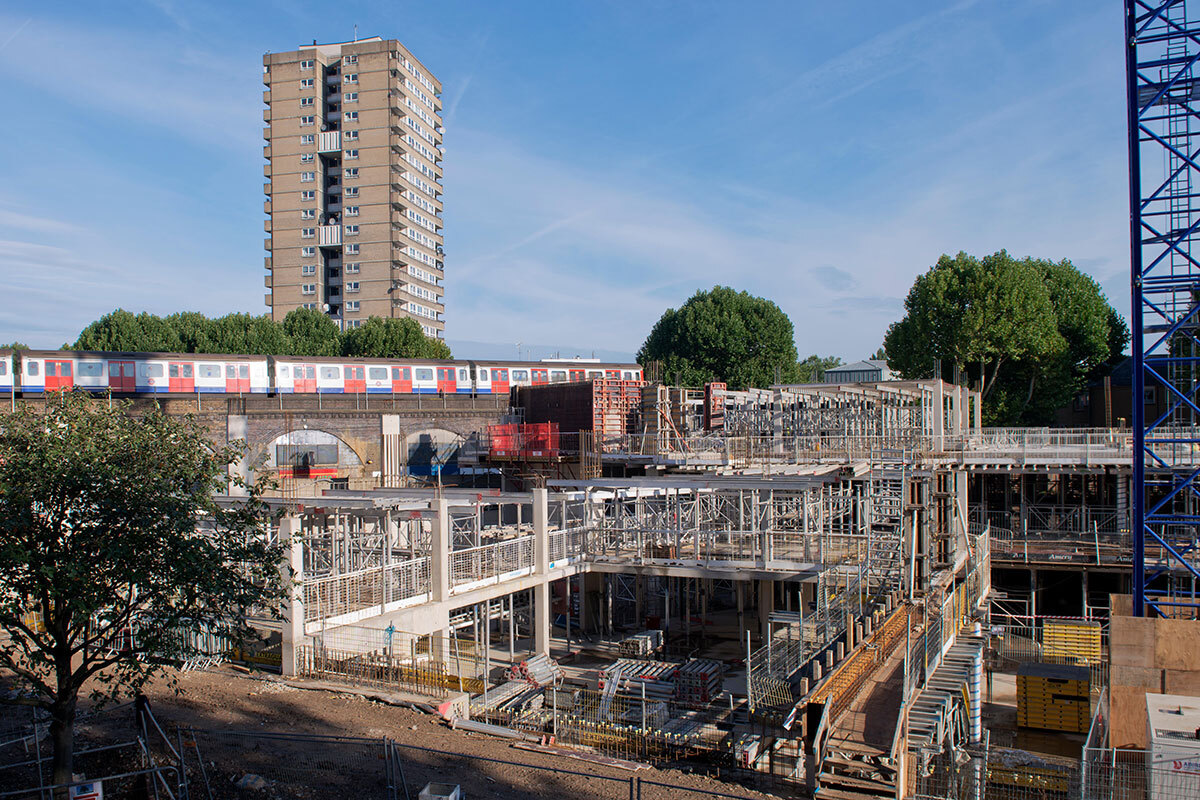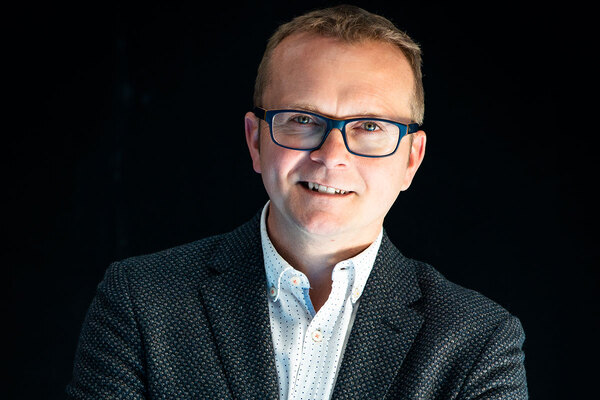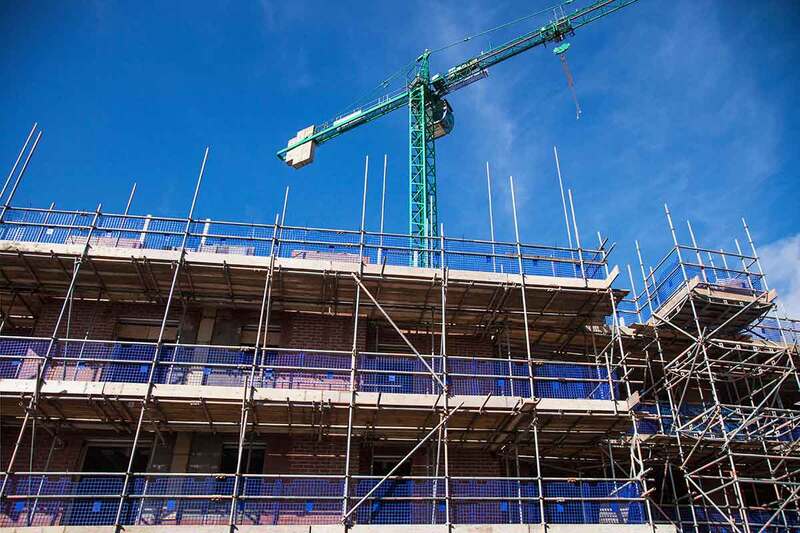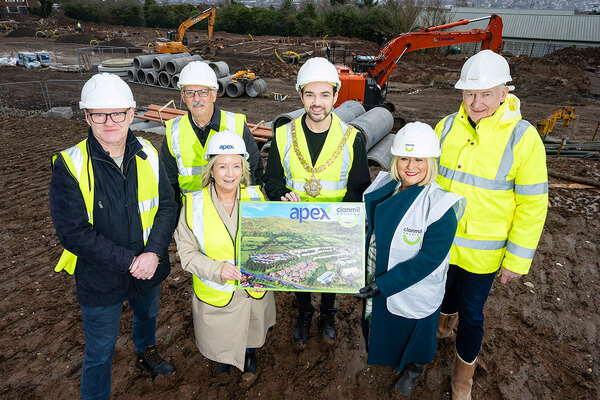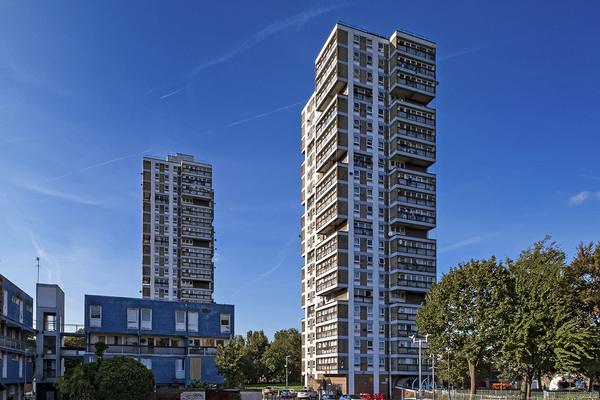You are viewing 1 of your 1 free articles
Landlords look to partnerships and scaling back delivery to reduce risk
Large housing associations are taking steps to take risk out of their development pipelines as providers spend more on building safety and decarbonisation, leaving budgets increasingly squeezed.
Senior professionals from across the sector have spoken to Inside Housing about how landlords have looked to mitigate some of the risks involved in development, opting for strategies such as increasing their focus on partnerships or scaling back development plans.
Metropolitan Thames Valley Housing (MTVH) and L&Q explained why they have had to take difficult decisions in recent years.
Ian Johnson, chief financial officer at MTVH, told Inside Housing that the landlord had “reduced the number of homes built for sale” over the past five years.
“That is the de-risking element of the programme. That does mean fewer homes overall and less subsidy for building social rent homes,” Mr Johnson said.
“It’s a lower-risk development programme because it has fewer homes for sale.”
Geeta Nanda, outgoing chief executive of MTVH, added: “I think it’s the scale as well. We have reduced the number of homes within our plan altogether.”
MTVH recently reported a pre-tax loss of £80.2m for the last financial year due to the cost of fire safety provisions and the write-down of decommissioned high-rise blocks.
Charles Cleal, director and head of housing consultancy at JLL, told Inside Housing: “I think we’ve seen more of this [de-risking] in the past six months particularly and looking to free up capital.”
“Some registered providers [RPs] have looked at their development programme,” he added, with some “looking at maybe exiting some of their pipeline projects”.
“We are certainly seeing organisations look at these sort of disposals in the market,” he said, referring to new build properties either in development or with an agreement to sell them on as soon as development is complete.
These might come through in the coming months, Mr Cleal said.
The deals, however, “have been quite hard to do with falling house prices and sometimes high net book values linked to cost”.
Vicky Savage, executive group director for development and sales at L&Q, said the landlord is making use of its strategic partnerships to manage development risk.
“To further de-risk our pipeline, we have a number of strategic delivery partnerships allowing us to continue delivering large numbers of affordable homes,” she said, adding that L&Q is ready to support local authorities to build “the next generation of council homes”.
“Demand for homes remains high, stimulating housebuilding – whether it is social housing, shared ownership, or outright sale. Our business has always been flexible and financially stable enough to flip tenures according to need and market trends,” Ms Savage added.
Mr Cleal said JLL had also seen “an increase in parties looking for strategic partners and looking to share that risk, These partners include, developers, for-profit RPs and other investors in the sector”.
MTVH and L&Q are among the minority of G15 members still reporting EBITDA MRI (earnings before interest, tax, depreciation, amortisation, major repairs included) interest cover over 100%.
At least seven of London’s 11 biggest landlords now have an EBITDA MRI cash interest cover below 100%, or expect it to fall below 100% this year.
Ms Nanda noted that the 57,000-home landlord had reduced its development programme as well.
She explained: “One of the things that we took out was our section 106 plans that we had in our business plan, and we focused really on our strategic partnership with the Greater London Authority (GLA) and Homes England.
“That’s really because we are prioritising our landlord schemes, and it also links in with the priorities of Homes England and the GLA in terms of their programme.”
Ms Savage said L&Q was “comfortable” with a degree of risk in its development pipeline and always had been “in terms of cross-subsidising our development activity”, but pointed out that there was only so much the landlord could do “given the sector’s financial constraints”.
She called on the next government to “invest in a new generation of social homes through a nationally co-ordinated, fully funded long-term plan for housing”.
A recent report from JLL found that the total cost to build housing for every household on a social housing waiting list in England would be £205bn.
Mr Cleal said that “rental income now has to do a lot of heavy lifting. We’re asking that income to do a lot more than what it previously had to do”, such as fund fire safety works and retrofit.
“What’s going to suffer is providing more affordable homes. Where is the money to fund these going to come from? It’s a little bit of a worrying picture for the future provision of new affordable homes.”
Sign up for our development and finance newsletter
Already have an account? Click here to manage your newsletters
